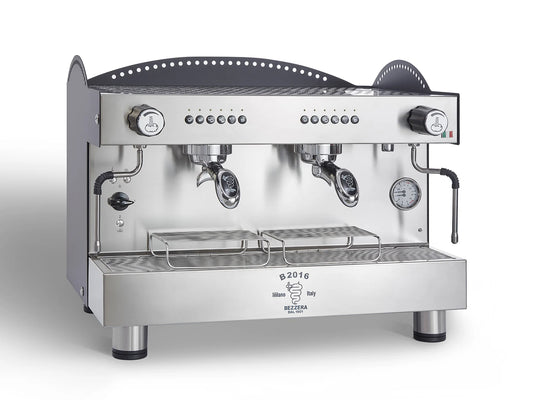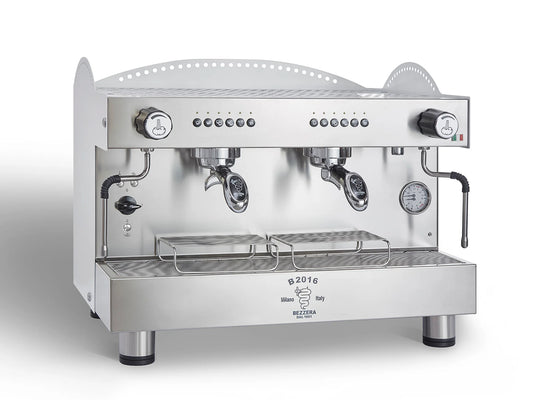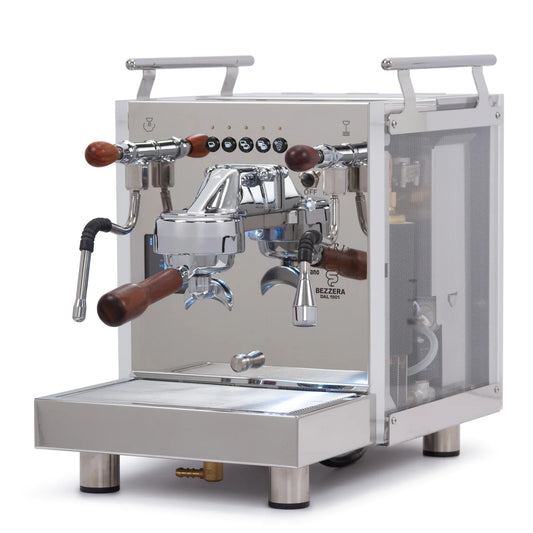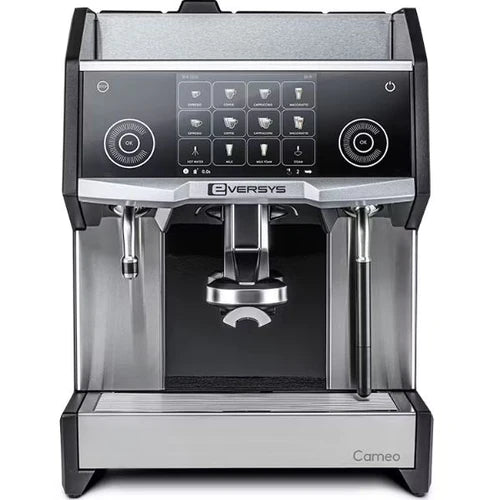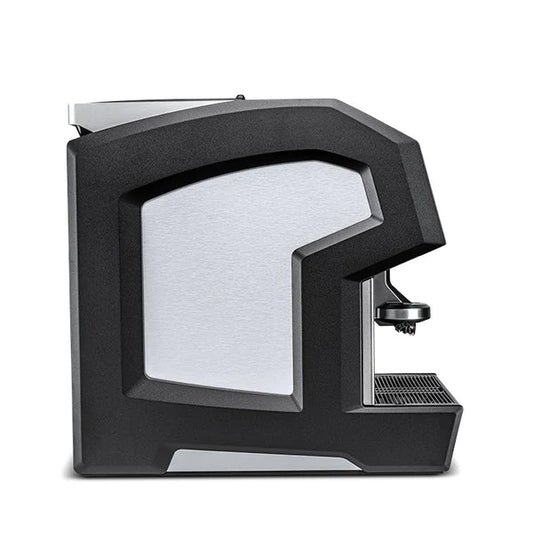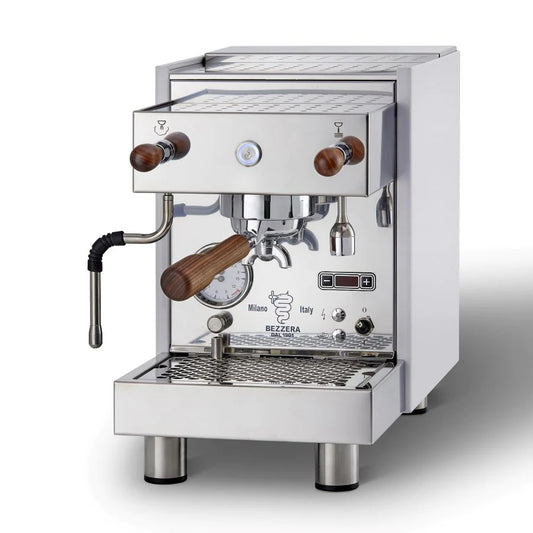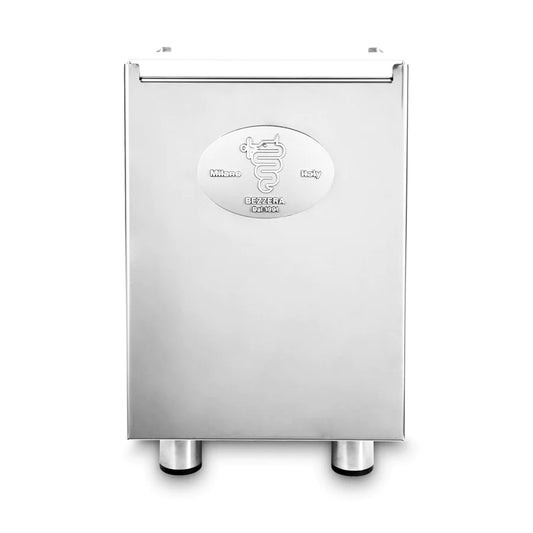Unlocking the Science of Coffee: How a Refractometer Transforms Your Brew
Table of Contents
- Key Highlights:
- Introduction
- The Role of a Coffee Refractometer
- The Best Coffee for Refractometer Analysis
- Brewing a Better Cup with a Refractometer
- The Impact of a Refractometer in Commercial Settings
- Real-World Applications of Refractometers
Key Highlights:
- A coffee refractometer measures extraction levels and caffeine concentrations, ensuring a high-quality brew.
- Understanding how to effectively use this tool can lead to more consistent and flavorful coffee, especially in commercial settings.
- Single-origin coffee varieties yield the best results with refractometer measurements, enhancing the coffee tasting experience.
Introduction
Coffee aficionados understand that achieving the perfect cup requires more than just high-quality beans and a reliable brewing method. Enter the coffee refractometer, a scientific instrument that offers an unprecedented level of precision in evaluating coffee quality. By measuring how light refracts through brewed coffee, this tool provides critical insights into extraction levels and caffeine concentrations, enabling both home brewers and commercial establishments to refine their coffee-making skills. Utilizing a refractometer not only enhances the brewing process but also elevates the overall coffee experience, making it a game-changer for serious coffee lovers.
The Role of a Coffee Refractometer
A coffee refractometer serves as an essential tool for evaluating the quality of coffee. It helps to identify the total dissolved solids (TDS) in a cup, which is crucial for understanding how well the coffee has been extracted. The precision offered by a refractometer allows baristas and coffee enthusiasts alike to ensure that they are meeting consumer expectations, especially when it comes to high-grade beans.
How a Refractometer Works
The refractometer operates on a simple but effective principle: it measures the refractive index of a liquid, which changes based on the concentration of dissolved solids. When a few drops of brewed coffee are placed in the refractometer’s sample well, a light source shines through the liquid. The device then provides a reading that indicates the level of dissolved solids, which can be compared against desired brewing parameters. This information is invaluable, particularly for those aiming to perfect their brew.
Step-by-Step Guide to Using a Coffee Refractometer
Using a coffee refractometer is straightforward, even for those new to the coffee brewing world. Here’s a generalized guide to help you get started:
- Prepare the Sample: Place a few drops of freshly brewed coffee into the refractometer’s sample well.
- Shine a Light: Activate the light source, which will illuminate the coffee sample.
- Take the Reading: Observe the refractometer's display to find the total level of dissolved solids.
- Analyze the Data: Compare the results with your preferred brewing recipe to ensure the correct extraction yield.
- Adjust Accordingly: Based on your taste preferences, adjust your brewing recipe to optimize flavor.
While it may seem elaborate for a simple cup of coffee, this process can yield consistently high-quality results, particularly in a commercial context where multiple customers are served.
The Best Coffee for Refractometer Analysis
While a refractometer can be utilized with any type of coffee, the most effective results are often achieved with single-origin varieties. Single-origin coffee typically comes from a specific farm, region, or even a single harvest day, allowing for a unique flavor profile that can be accurately measured and appreciated.
The Appeal of Single-Origin Coffee
Single-origin coffees offer distinct characteristics that reflect their specific terroir. For example, micro-lot products sourced from a single field can provide an unparalleled tasting experience, showcasing the nuances of the beans' origin. A prime example is the Santa Felisa Purple Gesha, which is selected from purple cherries, ensuring high brix content and exceptional quality. The refractometer can confirm the coffee's attributes, helping consumers make informed choices based on their preferences.
Brewing a Better Cup with a Refractometer
While many people settle for a standard cup of coffee, those who are serious about their brew understand that achieving excellence requires more than a basic brewing method. Investing in high-quality equipment is essential for extracting the best flavors from single-origin beans.
Essential Equipment for Optimal Brewing
To enhance your coffee brewing experience, consider the following tools:
- Grinders: A good grinder is crucial for achieving the right grind size, which significantly impacts extraction.
- Brewing Devices: Options like the Hario V60 or Aeropress are highly recommended for both novices and experts alike.
- Temperature Control: Maintaining the correct water temperature is vital for optimal extraction.
Guidelines for Brewing Coffee with a Refractometer
Once you have the necessary equipment, follow these guidelines to brew an exceptional cup of coffee:
- Water Quality: Use cold filtered water for brewing. Avoid tap water if it affects the taste.
- Pre-Wet Filters: Rinse your paper filter with hot water before brewing to eliminate any paper taste.
- Coffee-to-Water Ratio: Measure one to two tablespoons of ground coffee for every six to eight ounces of water.
- Control Temperature: Ensure the water temperature is just below boiling. Allow it to cool for about 30 seconds if it has reached boiling point.
- Blooming the Coffee: Add a small amount of water to the coffee grounds and let them bloom for about 45 seconds before continuing the brewing process.
Coffee is best enjoyed within 30 minutes of brewing, and using a refractometer can help ensure that you capture the full flavor potential of your cup.
The Impact of a Refractometer in Commercial Settings
For coffee shops and commercial establishments, a refractometer serves as a critical tool for maintaining quality standards. By enabling consistent measures of TDS, businesses can ensure that each cup served meets the expectations of discerning customers.
Quality Control in Coffee Shops
In a commercial setting, the ability to monitor extraction levels allows baristas to adjust their brewing techniques based on real-time feedback. This level of quality control helps maintain a high standard across different brewing methods and coffee types. Regular use of a refractometer can lead to improved customer satisfaction and loyalty, as patrons are consistently served great-tasting coffee.
Real-World Applications of Refractometers
Several coffee shops around the world have embraced the use of refractometers to refine their brewing processes. For example, some establishments conduct regular training sessions for their staff, educating them on how to use this tool effectively. This practice not only enhances the skill set of baristas but also fosters a culture of excellence within the establishment.
Case Study: A Specialty Coffee Shop
Consider a specialty coffee shop that sources its beans from various single-origin farms. By implementing a refractometer into their brewing routine, they can accurately assess the extraction levels of different coffee varieties. This data allows them to fine-tune their brewing methods, ensuring that each cup reflects the unique characteristics of the coffee being served.
FAQ
What is a coffee refractometer?
A coffee refractometer is a scientific instrument used to measure the total dissolved solids (TDS) in brewed coffee, which helps gauge extraction levels and caffeine concentration.
How does a refractometer improve coffee brewing?
By providing precise measurements of dissolved solids, a refractometer enables brewers to adjust their recipes and brewing methods to achieve optimal flavor and quality.
Can I use a refractometer on any type of coffee?
Yes, while a refractometer can be used with all types of coffee, it is most effective with single-origin varieties, which offer unique flavor profiles.
What equipment should I invest in for better coffee brewing?
Investing in high-quality grinders, brewing devices like the Hario V60 or Aeropress, and maintaining proper temperature control are essential for enhancing your coffee brewing experience.
How often should I use a refractometer?
Regular use of a refractometer can help maintain consistency and quality in coffee brewing, making it a valuable tool for both home brewers and commercial establishments.
What's the best way to enjoy brewed coffee?
To experience the full flavor potential, coffee should ideally be consumed within 30 minutes of brewing, and using a refractometer can help ensure it is brewed to perfection.

